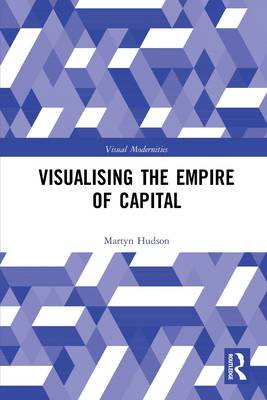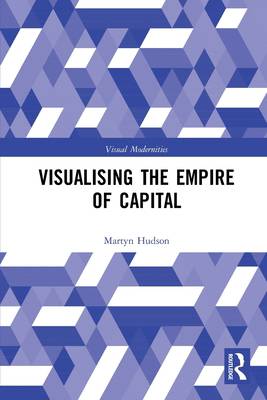
- Retrait gratuit dans votre magasin Club
- 7.000.000 titres dans notre catalogue
- Payer en toute sécurité
- Toujours un magasin près de chez vous
- Retrait gratuit dans votre magasin Club
- 7.000.0000 titres dans notre catalogue
- Payer en toute sécurité
- Toujours un magasin près de chez vous
Description
Methods of visualising modernity and capitalism have been central to classical social science. Those methods of seeing, specifically in the work of Marx, were attempts to capture visually the fragmenting edifice of capital in its death throes and were part of a project to hasten its demise - yet capitalism persisted and perpetuated itself in new forms, such that its demise now looks less likely than it did 150 years ago. This book argues for a new way of understanding Marx and a new way of approaching both capitalist modernity and Marx's Capital by rethinking the nature of vision. Through studies of visualisation in relation to machines and the monstrous, memory, mirrors and optics, and the invisible, Visualising the Empire of Capital offers a new way of thinking about what capital is and its future. A new reading of - and against - Marx, this volume argues for new forms of sensual utopia while initiating antagonism to the empire of capital itself. As such, it will appeal to social theorists, social anthropologists and sociologists with interests in critical theory, visual culture and aesthetics.
Spécifications
Parties prenantes
- Auteur(s) :
- Editeur:
Contenu
- Nombre de pages :
- 166
- Langue:
- Anglais
- Collection :
Caractéristiques
- EAN:
- 9780367784348
- Date de parution :
- 31-03-21
- Format:
- Livre broché
- Format numérique:
- Trade paperback (VS)
- Dimensions :
- 156 mm x 234 mm
- Poids :
- 254 g

Les avis
Nous publions uniquement les avis qui respectent les conditions requises. Consultez nos conditions pour les avis.






